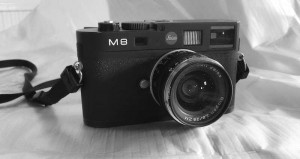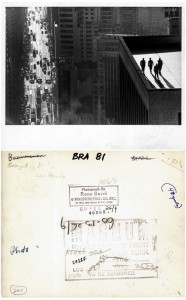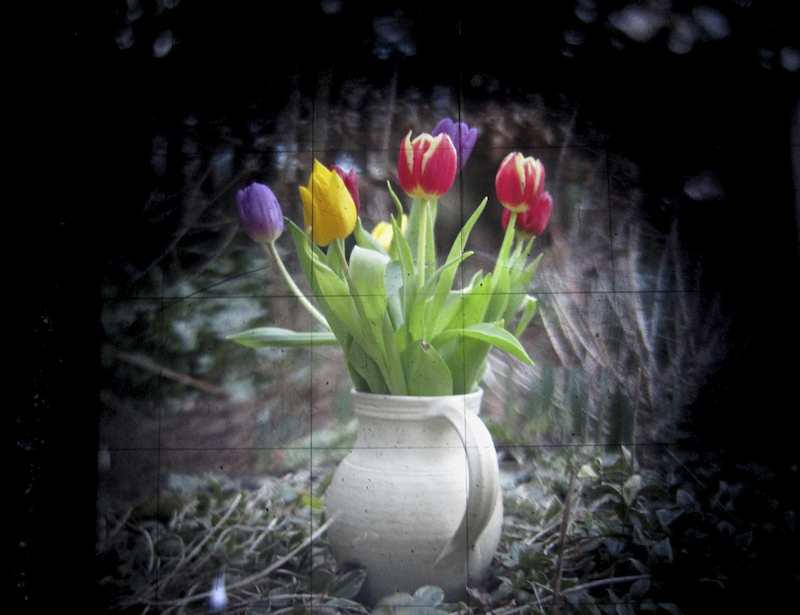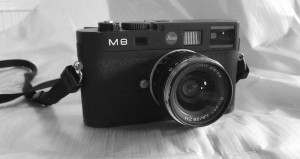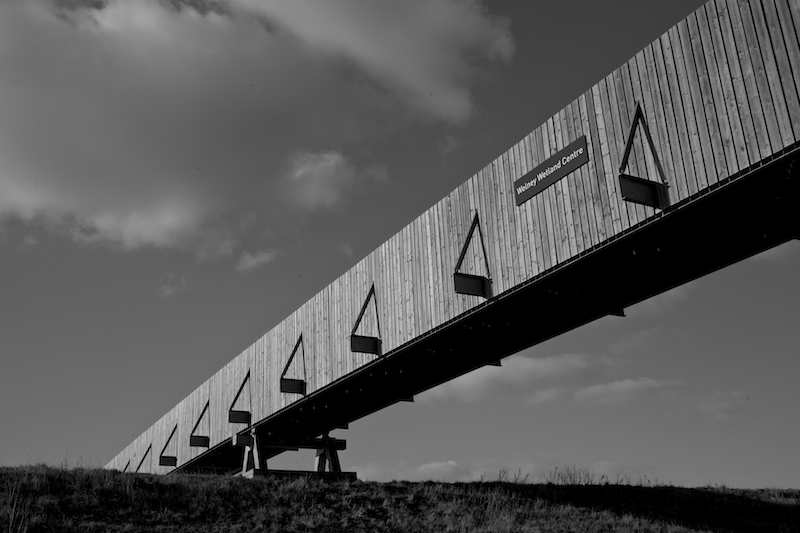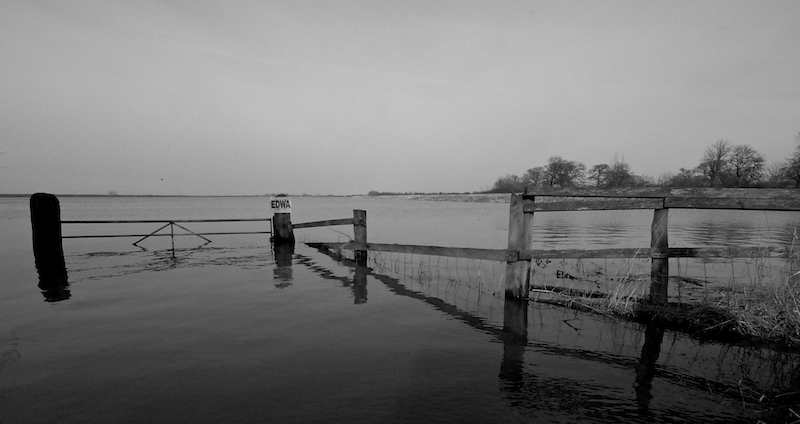Yeah, I know it’s insanely expensive and heavy but this provides at least a partial explanation.
Category Archives: Photography
What’s on?
The Milky Way, time-lapsed
The White Mountain from charles on Vimeo.
The Magnum Archive Sale
Fascinating account of the background to Magnum’s sale of its press prints archive to Michael Dell.
Last week, one of the most important photojournalism archives in history, the Magnum Photo Agency’s press prints collection, was sold to Michael Dell of Dell computers. Specifically, to Dell’s private investment firm, MSD Capital LP.
The collection will be housed by the Harry Ransom Center at the University of Texas, Austin.
“Right place, right time, right people.” That’s how Eli Reed, Magnum photographer and photojournalism professor at the school, summed up the deal. “It was a long time coming; it didn’t just happen quickly,” he said.
Impressively keeping with Magnum’s cooperative policies, the deal ensures the photographers still retain total ownership of their works. Only the prints used by Magnum through 2003 for publication were sold, not the rights to the images themselves.
Though the price remains undisclosed, the collection of photographs had been insured for a value of $100 million. Industry insider Paul Melcher speculated the price at around $30 million.
The press prints collection comprises of over 185,000 images by over 100 renowned photographers, including seminal talent such as Henri Cartier-Bresson, Robert Capa, Elliott Erwitt, Ernst Haas and Eve Arnold. Magnum was established in 1947 to wrest control from publishers back into the hands of the photographers by allowing shooters to keep the rights to their images. In so doing, Magnum pioneered a new business model for photojournalism.
This also explains why the putative deals with Corbis and Getty never went through. The Magnum photographers wanted to retain the rights. Now they appear to have got what they wanted: retention of rights, plus $30 million to invest in their upcoming online service. Neat.
Also: nice to know that the University of Texas will scan both front and back of each print. Those office scribbles can sometimes be interesting. For example,
Saddam’s photo album
Amazing photo-essay in Slate based on an album captured in Tikrit by US troops hunting Saddam.
Through a ground-class, brightly
Tulips seen through the viewing lens of a Rolleiflex twin-lens reflex. Shot with a digital IXUS. Nice combination of analog and digital.
Flickr version here.
B&W: it’s not a black-and-white issue
The other day I happened to mention to Quentin that I found myself working more and more in B&W. “Pre- or post-processing?” he asked, clearly puzzled. As an uber-geek the idea that anyone would voluntarily throw away data seemed absurd to him. Why not capture all the colour data first and discard it later? And this does indeed seem to be the conventional wisdom in the trade.
Brooding on this later, it occurred to me that there are two separate issues here. One is technical — the irrationality of throwing away data. The other is aesthetic. My feeling is that if one is shooting ab initio in B&W it changes the whole way one looks at photographic opportunities. Some things just won’t work in monochrome (just as some scenes/subjects won’t work in colour), so if you restrict yourself to B&W then your approach to picture-taking changes. You have to make a judgement call in advance, whereas if you decide to de-saturate afterwards then you’re basically saying that colour doesn’t work for this particular image and you may as well ‘degrade’ to B&W.
LATER: Duncan Thomas pointed me at a Photoshop Tutorial which sets out one procedure for converting a colour image into B&W. About half-way through reading it, I lost the will to live (so it’s just as well that the author has produced an automated script that will do it). The tutorial begins with a quotation from Ansel Adams which suggests that the great man took the same view as I do:
“One sees differently with color photography than black and white…in short, visualization must be modified by the specific nature of the equipment and materials being used”.
I met Adams once — in the V&A of all places. He was there for the opening of an exhibition of his work. I have a vivid recollection of him surrounded by London media luvvies, towering over them and dressed in a lumberjack shirt and a very large pair of LL Bean boots.
Seaward bound
Overhead
Watergate
Sutton Gault. Flickr version here.

